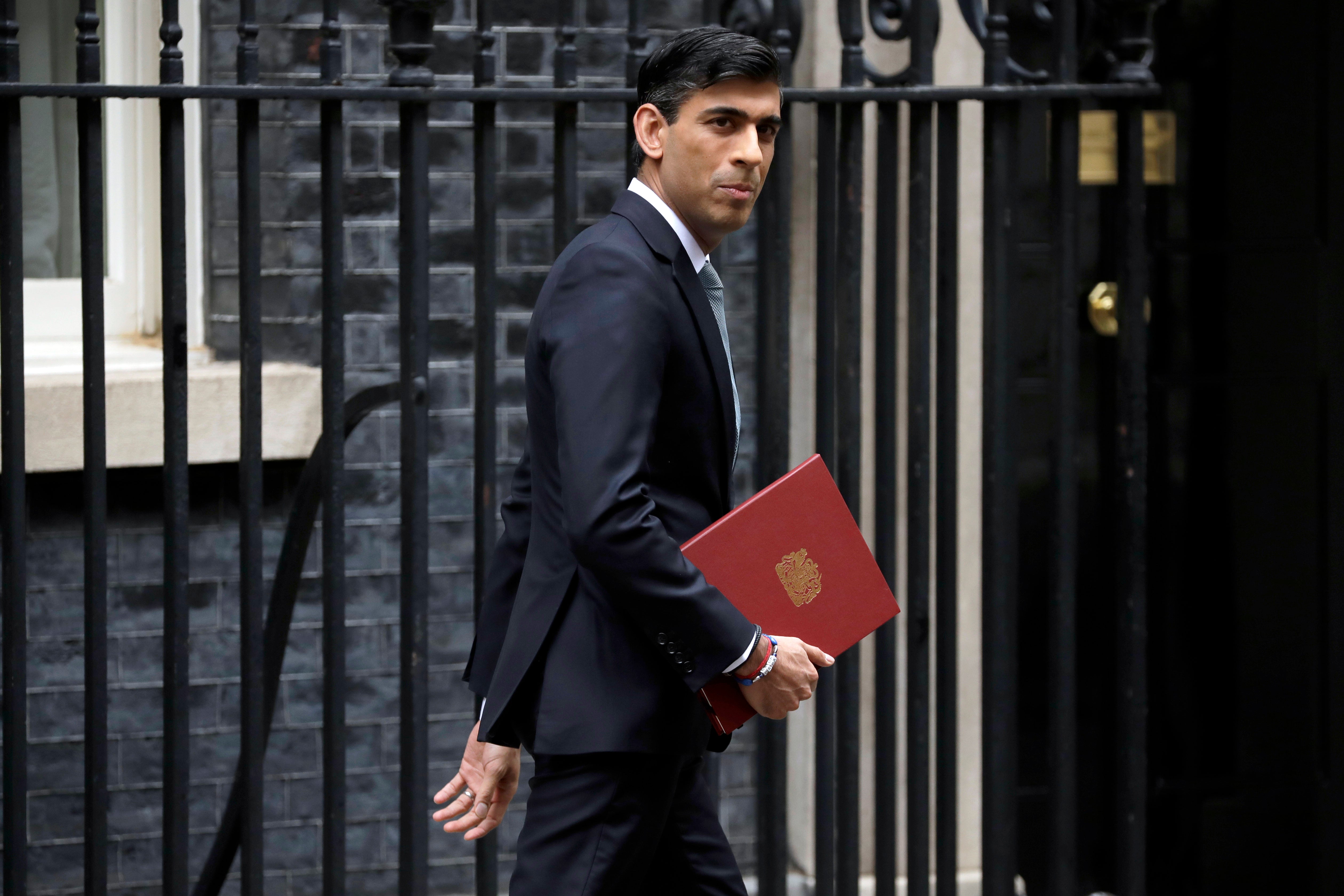What will happen when the furlough scheme ends?
Strategy to bailout employers and stave off mass unemployment in lockdown gradually being phased out

Why are we asking this now?
The UK government has begun the gradual process of winding up its Coronavirus Job Retention Scheme, the furlough strategy that has seen the state prop up the economy and support businesses throughout the coronavirus pandemic by paying the lion’s share of employees’ wages in order to avert mass unemployment in lockdown.
The scheme has been in place since 20 March 2020 and had originally been scheduled to end on 31 October 2020 before the second wave of the virus struck last autumn.
What changes are being made?
As of 1 July 2021, the government will drop its contribution to a furloughed worker’s salary from 80 per cent (up to a cap of £2,250) to 70 per cent (up to £2,187.50), leaving employers to pick up the missing 10 per cent for the first time, a decision with significant consequences for thousands of firms across the country.
From 1 August, it will pay 60 per cent of a furloughed employee’s wages (up to £1,875).
How has the scheme propped up the economy during lockdown?
Since its introduction by Boris Johnson’s chancellor of the exchequer Rishi Sunak last spring, the furlough scheme has kept an estimated 11.5 million people in work, according to official figures.
A third of Britain’s workforce was on furlough as recently as March but, since then, the vaccine rollout has gathered pace and enabled the cautious easing of social restrictions in accordance with the prime minister’s roadmap, allowing many businesses to return to some degree of normality, particularly in the retail and hospitality sectors.
That means that just 3.4 million workers, or roughly one in 20, are still on full or partial furlough at the time of writing.
But some industries, particularly the international travel sector, continue to face considerable hardship and lingering uncertainty, raising criticism about the scheme being brought to an end in some quarters given that some restrictions still remain in place after the final stage of unlocking was postponed from 21 June to 19 July.
Will its gradual rollback mean redundancies?
While young people made up the majority of workers initially placed on furlough, the reopening of shops, bars and restaurants has allowed many under-25s to return to work or find new jobs in those sectors in recent months.
But older employees could face increased jeopardy with the end of the grant scheme returning financial responsibility to business leaders, given that around half of those still on furlough are 45 or over, according to the welfare think-tank the Resolution Foundation.
“This pattern of younger workers more swiftly returning from furlough has resulted in older workers on full furlough bearing the highest risk of having been out of work for long time periods,” the Foundation writes in its annual Living Standards Audit 2021.
It estimates that as many as one in four staff still reliant on the scheme and aged 55 to 64 may find their employment in jeopardy.
The Institute for Fiscal Studies has also warned that the extra cost being assumed by struggling businesses could result in tens of thousands of workers facing redundancies.
It calculates that the bill for employers retaining a member of staff on the scheme will rise from £155 per month, an amount covering costs such as National Insurance, to £322 in July and £489 in August as a result of the withdrawal of state support.
“It will mean big income losses for many of those who end up unemployed unless they are swiftly able to find alternative employment,” the institute said.
What will the furlough scheme’s legacy be?
The UK government has spent £66bn on the Coronavirus Job Retention Scheme since March last year, with the Office for Budget Responsibility, the Treasury’s independent forecaster, estimating that the government’s outlay peaked at £10bn a month before falling to an estimated £2.2bn in June.
There is no question that it has been a success, keeping unemployment below five per cent in a moment of international crisis and saving millions of British workers from financial hardship in extremely trying circumstances.
However, that money will ultimately need to be recouped at some point in the future and while the scheme’s popularity (relatively speaking, as an alternative to redundancy) has done much to boost the profile of Mr Sunak - and even seen him tipped as a future Conservative Party leader - he may find himself considerably less well-liked when the time comes to present his bill and start proposing tax hikes or fresh austerity measures.
He has also said very definitely that the scheme will not be extended again, but could face considerable pressure to make a U-turn on that declaration should the country suffer a fresh wave of infections from a new variant of the disease when the weather begins to turn later this year.
Join our commenting forum
Join thought-provoking conversations, follow other Independent readers and see their replies
Comments


Bookmark popover
Removed from bookmarks